.png)
When it comes to content marketing and SEO, many SaaS founders and marketers are unaware of its elements.
Think of SaaS SEO as a building and optimization elements as blocks. Meaning, optimization elements are the building blocks of SaaS SEO.
In this article, I will give you a SaaS SEO checklist with 16 major elements I use in my strategy to increase traffic rapidly that eventually converts to customers.
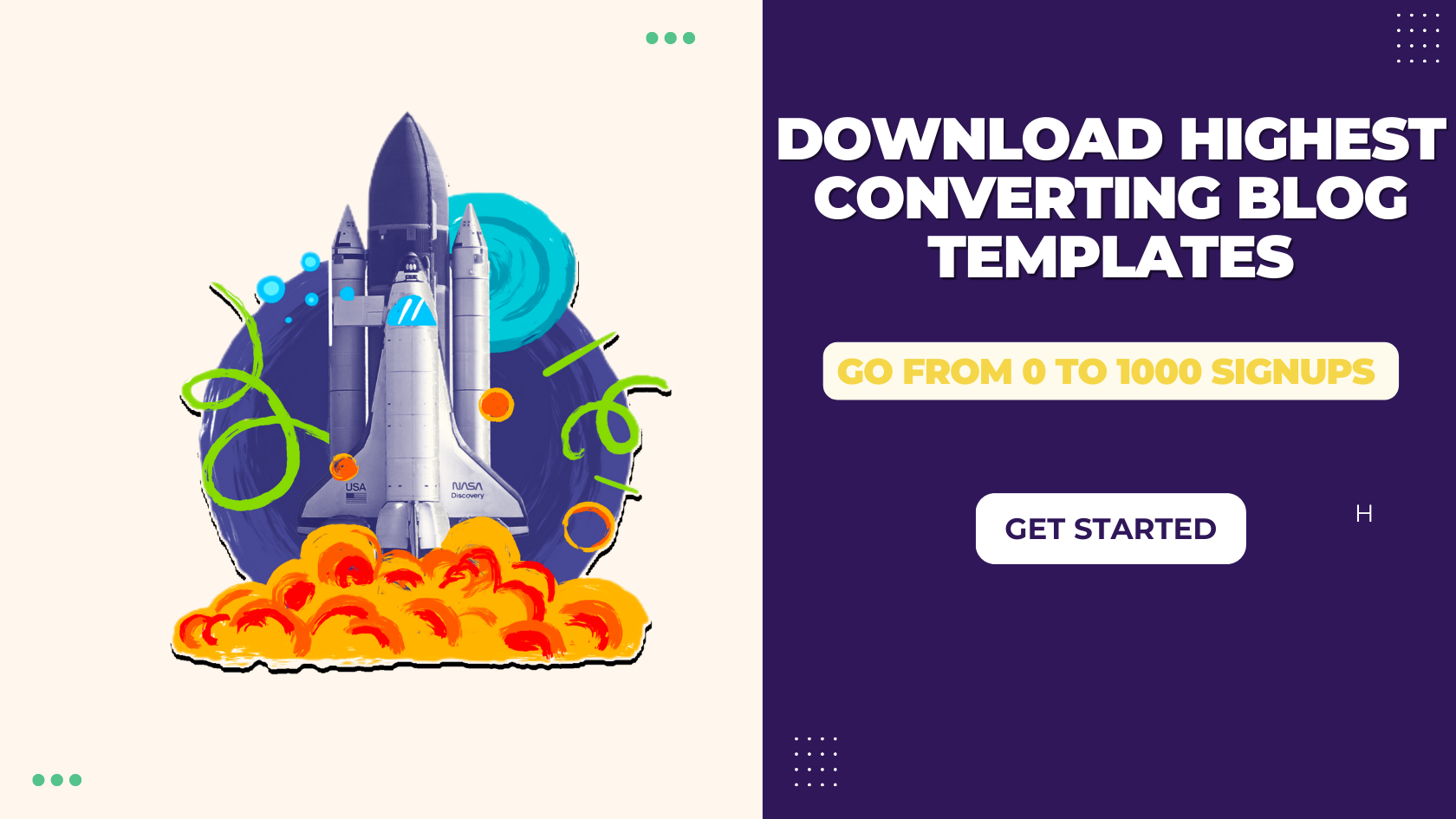
Ensure you do your customer research and know who you're writing for.
You might be wondering, What does this have to do with SEO? 🤔
Remember one thing: With SEO, your aim is not just to rank and get traffic; you need to rank and convert that traffic into sales. And this could only happen if you know your customers and you can write compelling content for them.
Your content strategy shouldn't be to just randomly publish content. If that's the case, all your SEO efforts will go in vain. Make sure that you do your keyword research and that you know the relevant keywords you need to go after.
Always start your keyword research with customers. Interview your existing customers and ask them what they use your product for.
If you don't have customers, mine review sites and look at what problems customers face using your competitors' products and why they are still using them.
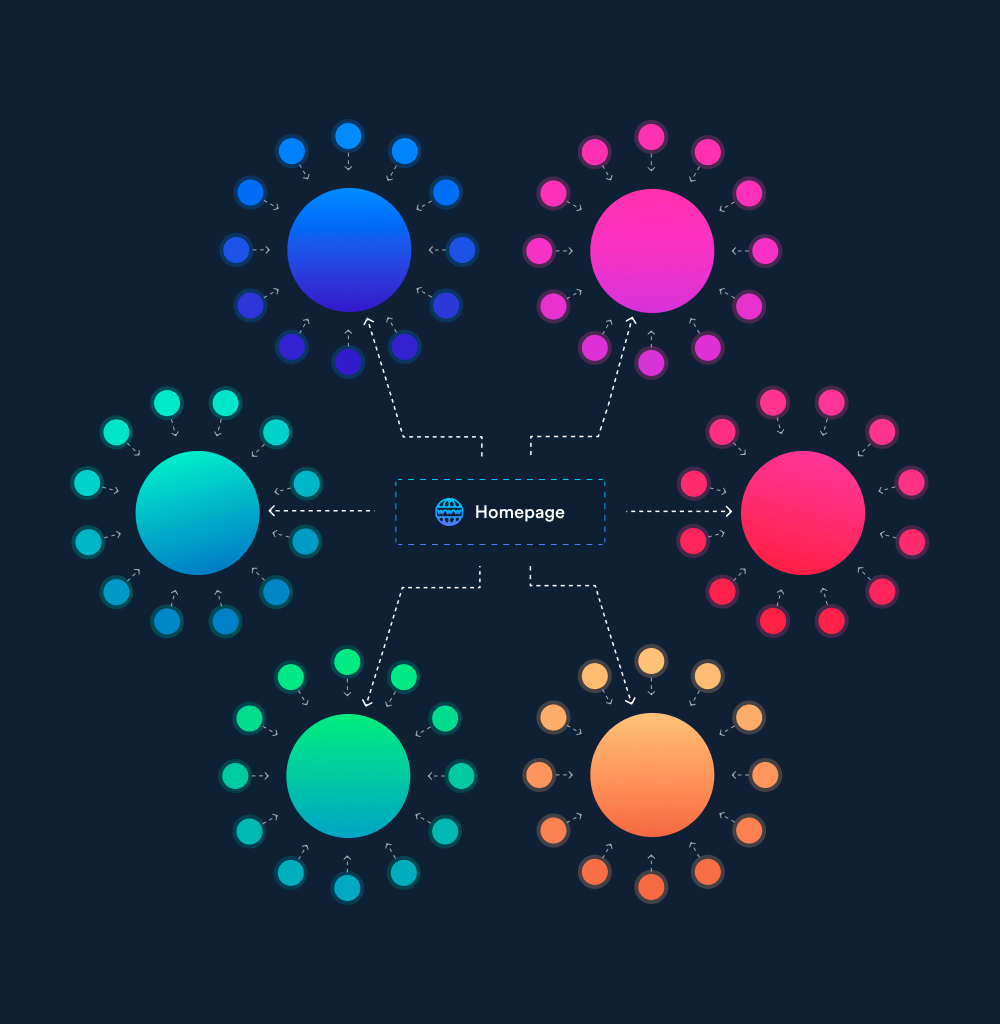
When devising an SEO strategy, exporting keywords to a sheet by itself won't be enough. You need to cluster your keywords so that you know which keywords should be grouped together on a single page and which keywords will need a separate page.
Clustering also allows you to see how many pages of content you need to publish on your topic so that you can do your budgeting and planning accordingly.
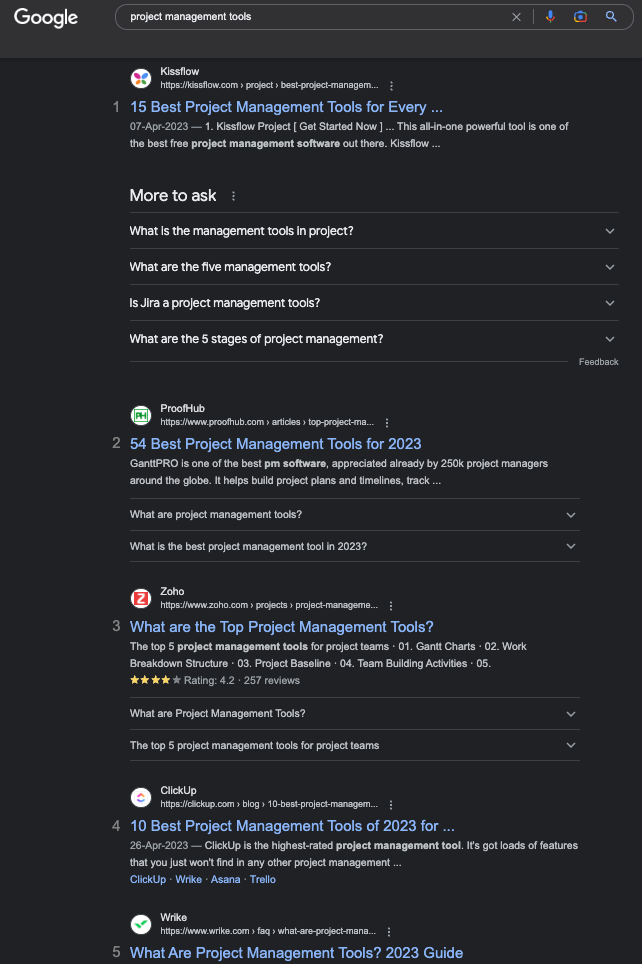
Once you have your main keyword, don’t just start creating briefs randomly. You should always Google your main keyword and look at the top-ranking results to understand the search intent.
Try to understand the pattern between the top article and use a similar structure. Don't copy the other articles, and don't try to do a different format than top-ranking articles either.
If all the top-ranking results are listicles, I'd advise you to create a listicle only and not a landing page or an informational blog.
Always understand the intent before creating your briefs.

Having a simple URL structure helps Google understand the context of your page. Try not to overcomplicate things with your URLs. Below are the simple rules you can use for your URL structure:
Your intro can make or break your content. The reason is simple: if your intro is horrible, people won’t be hooked, your bounce rate will go through the roof, and it’s not going to be great for SEO.
Your intro should excite your users to read more about your content. Below are the intro types you can use:
Here are some more types of introductions I mostly use when I do content marketing for SaaS 👇
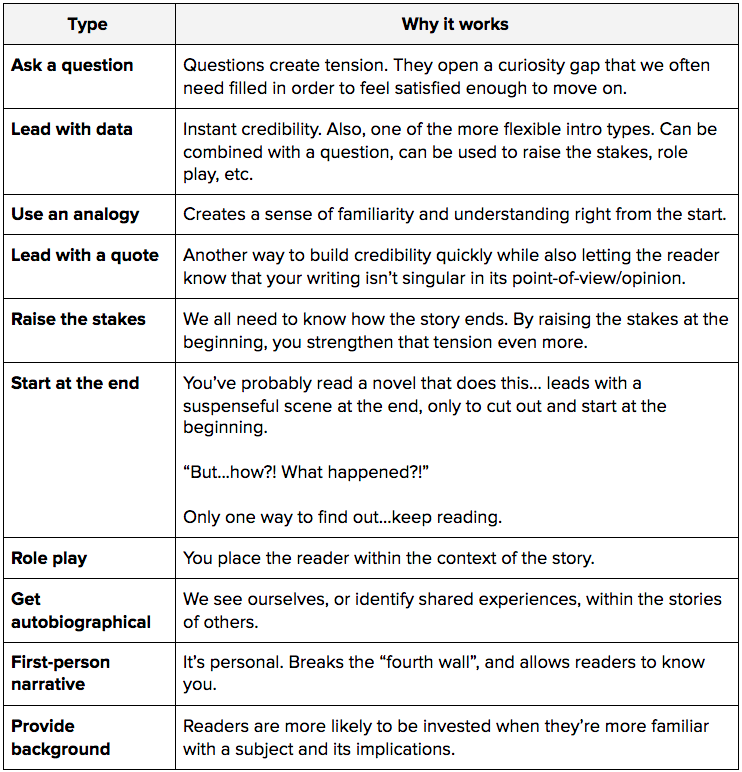
Don’t forget to optimize for your main keyword while doing your on-page optimization. You can optimize for your main keyword by using a tool such as Clearscope. If you are not going to use any tool, make sure to include your main keyword in the URL, H1, and some of your headers.
But remember: Don’t stuff your target keyword throughout the article; this won’t make your content rank higher. In my opinion, you should Google the main keyword, look at the top results on search engines, and see how many times they are using the main keyword. This should give you an idea of an ideal keyword density.
One page is not going to rank for a single keyword, and it's going to rank for much more than that. Some articles might even rank over 1k keywords because they are very well optimized.
Don’t just take my word for it; here’s the live proof:

This piece of content I wrote got indexed for 1500 search terms (keywords).
If you have clustered your keywords, make sure to include the secondary keywords within your article either as a subsection or in the body text.
If you didn’t cluster your keywords, take the top 3 ranking URLs and put them to Ahrefs to see what keywords they are ranking in 1-20. Take note of these keywords and make sure to include those in your brief and content.
This one is super important because not many know, but you can achieve a lot just by focusing on the information gain score. You need to look at other ranking articles and try to think about:
🤔 What information is missing?
🤔 What are the gaps in the content?
🤔 Could you make the page better by adding media?
You need to find a way to make sure that your readers will gain much more from your pages than others.
Your heading and titles must be descriptive, and your readers must know what you're doing to discuss in the section after reading them.
For example, instead of having your primary keyword as a title, be descriptive.
Suppose you’re writing an informational guide on project management, and you name your article as Project Management Guide. The title will tell people what it is.
But it won’t tell them if it’s for them and why they should read it. It’s better if you have a title that’s more comprehensive, like: A Project Management Guide for Saas Project Manager to Increase Efficiency.
Now, after reading this title, people know exactly if they should give it a read or not.
Internal links are as important as external links. Most people only focus on the external by doing guest posts and link building while completely ignoring the internal linking structure.
You must focus on things you can control and try to create a perfect internal linking structure for Google and for your readers.
👍 As a rule of thumb: Try to include at least 5 internal links to every high-quality content piece you published from other relevant articles within your hub. Make sure not to use exact match keywords all the time as your anchor text, but use variations to add more variety to your anchor texts.
You can use a site operator site:[your domain] "[main keyword]" on Google to find all the internal linking opportunities. Here’s how I found 80+ internal linking opportunities via Google:
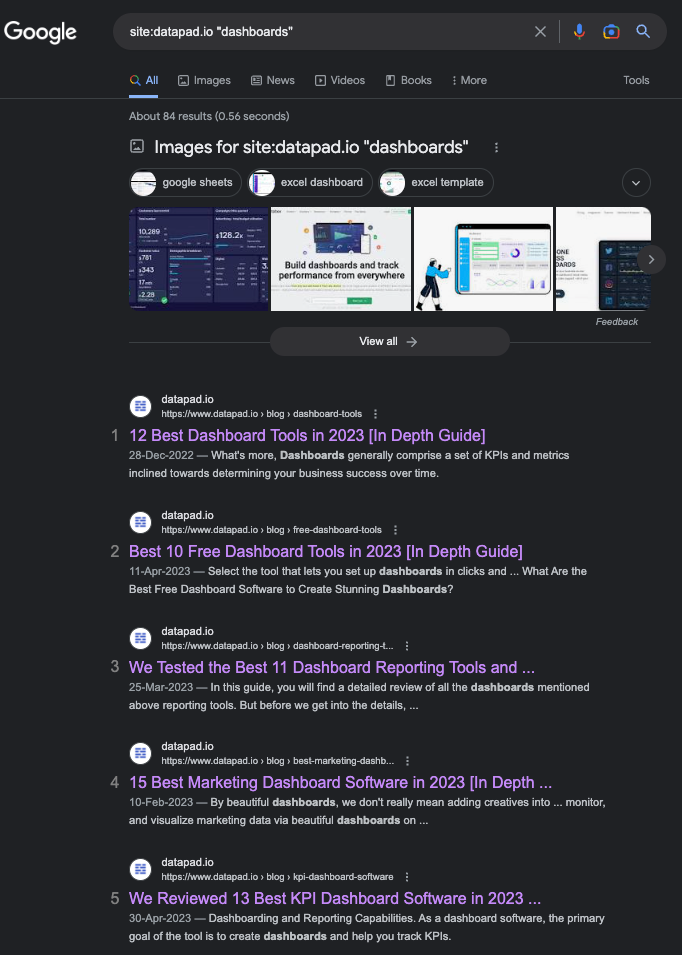
Another easy way is to use Ahrefs and the internal linking report to find opportunities.
Having rich media options on the page is important, but not every image or video is good. You need to look at top-ranking results to see how many images they use and take that number as a benchmark. I personally like to have an image under every H2, and this is my benchmark.
I wouldn't use stock images. I would get custom images. Another thing to note is that even your images should add value to the page; instead of having custom designs, try to think about how this image could help the reader.
For example, maybe you have a “how to” article where you will show your reader how to do something in 5 steps. You could use an image that shows all the steps to complete the process and add it to your page.
Here’s an example:
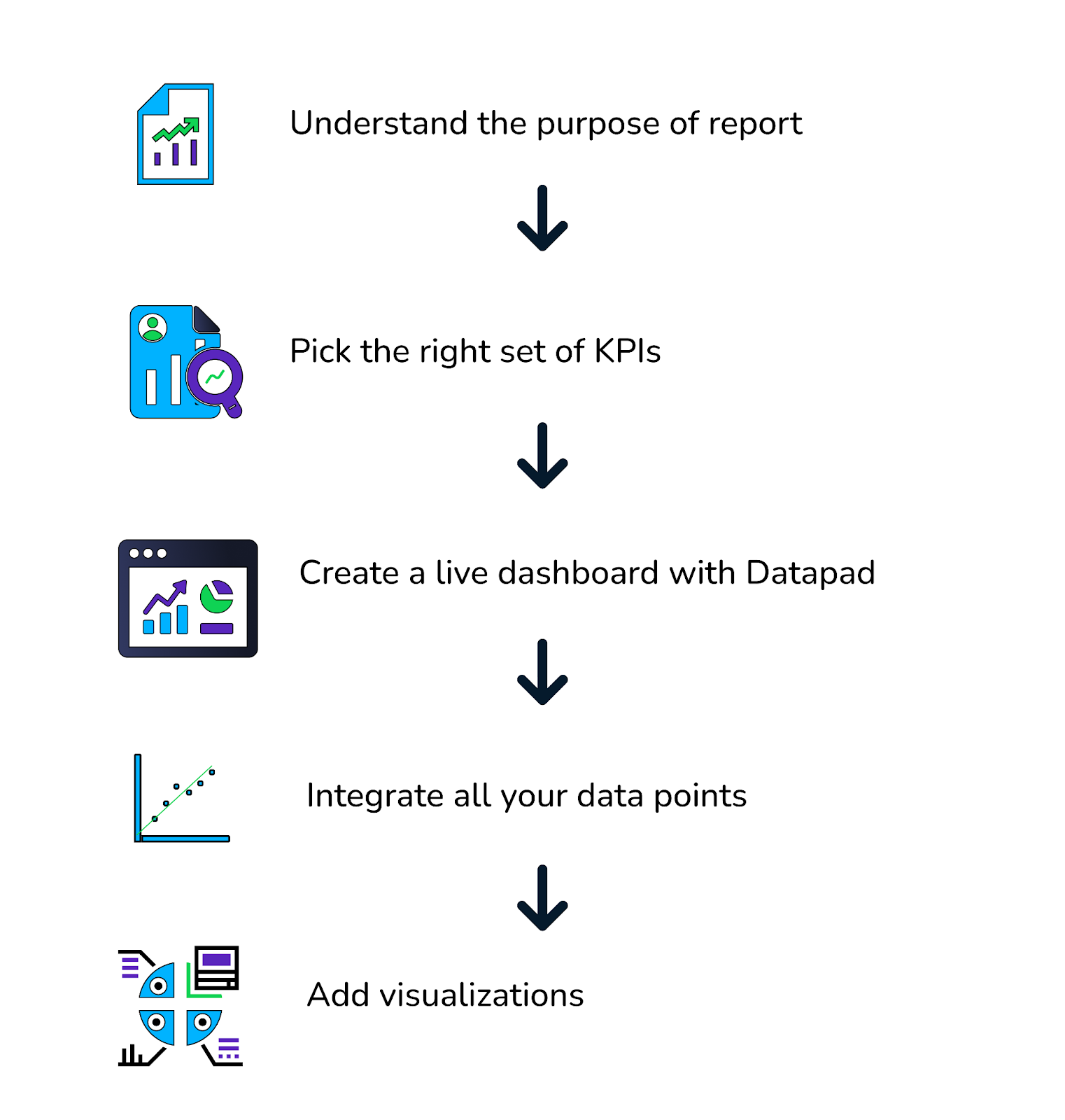
Once you are done with publishing, take the URL to go to the Search Console, put the URL to the search bar, and ask for manual indexing. This will help Google to prioritize the page for indexing. Do this whenever you publish a new article or after you update the article.

After reviewing hundreds of SaaS blog pages, one consistent problem I saw in most of these blogs was the lack of a contextual CTA.
A contextual CTA is a phrase you use in your blog that persuades readers to take action. Unlike normal CTAs like, sign up for a free trial, get a call with us today, you use a little detailed CTA like, 'Reduce churn for your e-commerce store with [app name].'
When CTAs are contextual, people are more likely to click on them and pay for your SaaS rather than simply telling them to register for a free trial.
Since 2019, product-led growth, especially in SaaS, has been picking up.
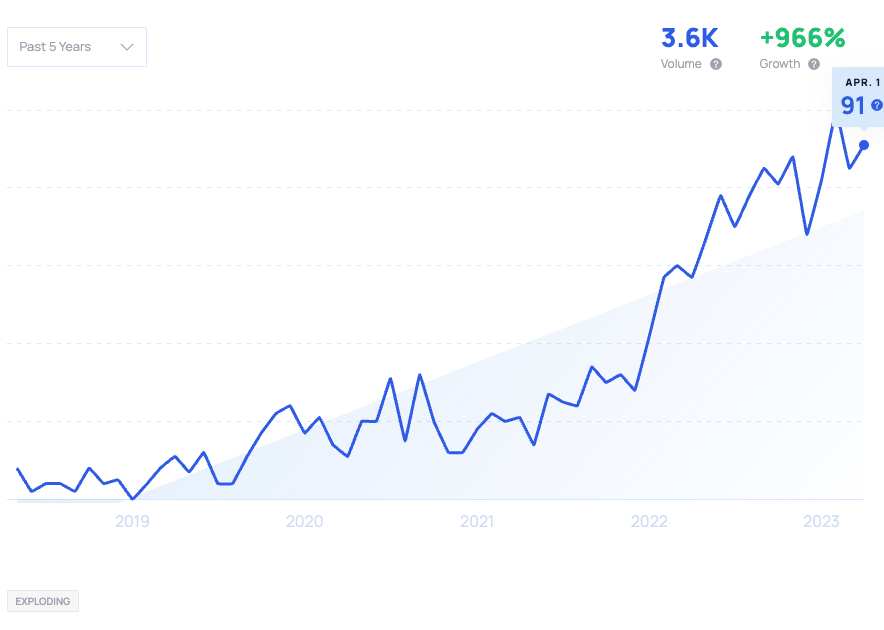
Product-led growth (PLG) is the process where the product itself serves as the primary driver of customer acquisition, conversion, and expansion.
And product-led content marketing is one aspect of PLG. When you write about the topics that your product is the ultimate solution to and tell your readers about the product in the blog, that is the right way to do product-led content marketing.
Some people think of it being too salesy! Yes, it is salesy, but tell me, what do you want from marketing? To get new customers, right? To increase SALES! So why not be salesy 😁.
A Table of Content (s) is what you see at the start of any blog. It tells you about the major headers that will be covered in the topic.
Here’s an example:
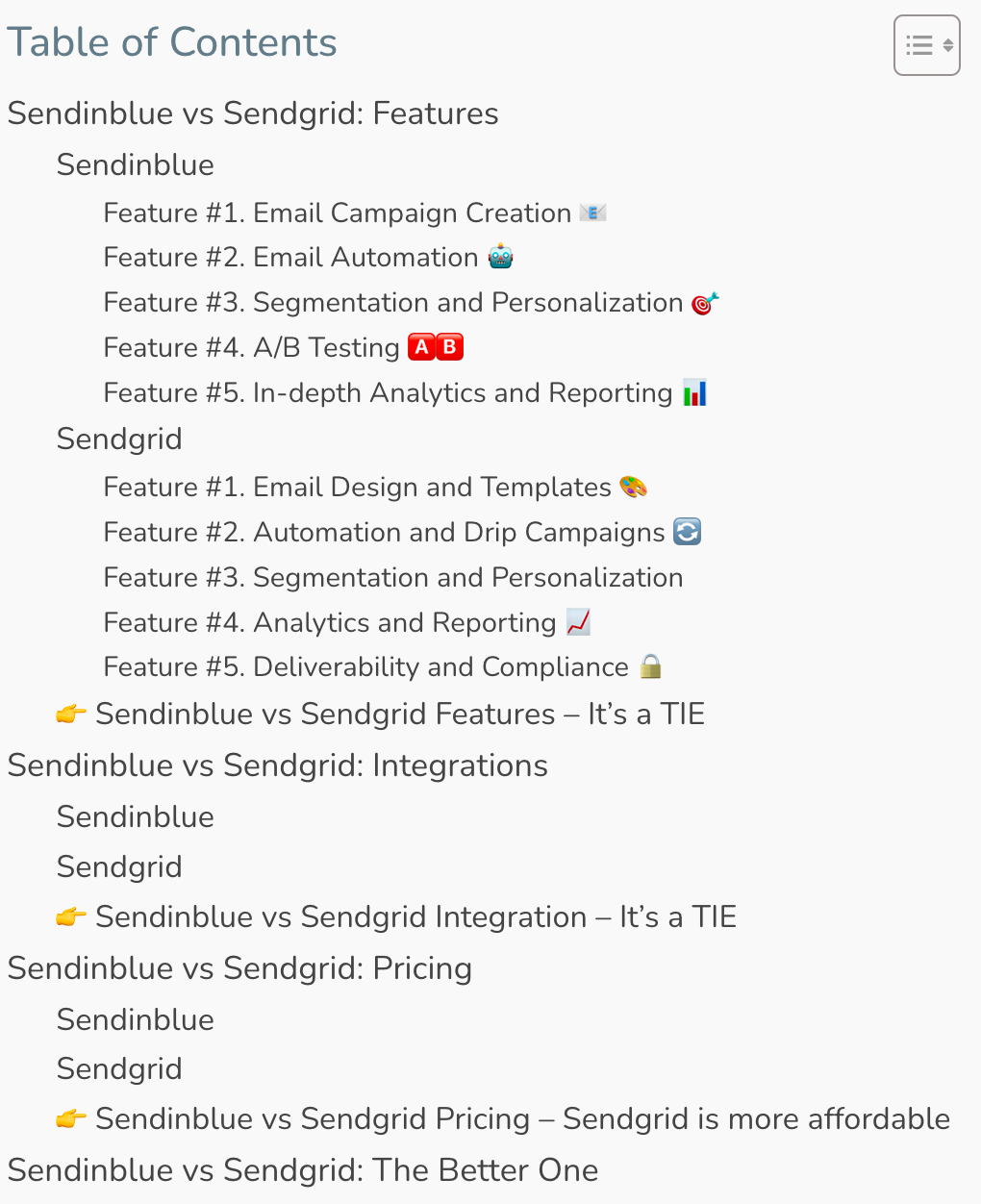
But what are the benefits of having a Table of Content like the one above in your content?
You have the SaaS seo checklist in your hands, but implementing it is an art not many can do. I can help you with it.
Book a free consultation call with me, and I will tell you how you can start generating leads with my 5 part SaaS growth framework.
What to expect from the call?
👉 Discover how much traffic and leads you can expect in a specific time
👉 Know about all the quick wins we can get initially with my content marketing efforts
👉 Get my 3 blog post templates that helped me generate 800 sign-ups in under 6 months